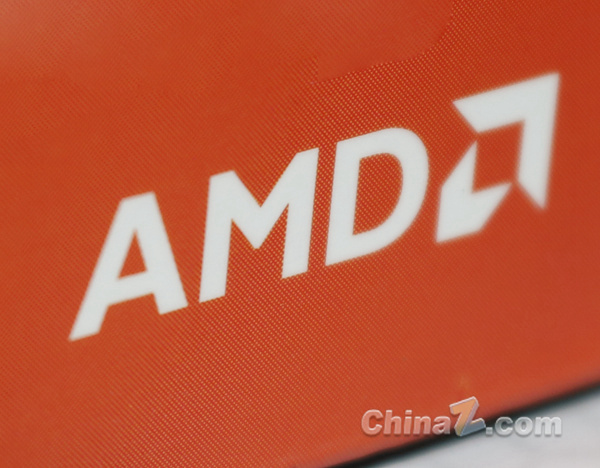Investment bank Rosenblatt released an investment outlook report for the first half of 2025. Analyst Steve Frankel conducted an in-depth analysis of AMD and Micron Technology and gave a "buy" rating with a target price of $250. The report focuses on the two major themes of the artificial intelligence era and next-generation broadband construction, predicts the future development trends of related technology stocks, and provides important reference information for investors. This report not only analyzes the market positions and technological advantages of the two companies in their respective fields, but also points out the challenges and opportunities faced in future development, such as the tight supply of HBM memory and the intensifying competition in the AI chip market.
In the latest research report on AMD, Frankel believes that AMD will usher in strong growth in CPU and GPU market share in 2025, thanks to its potential in the fields of GPU computing and AI edge reasoning, as well as Xilinx’s market position and AMD's advantages in chipset technology. Regarding Micron Technology, Frankel is particularly optimistic about its development prospects in AI platform DRAM memory, especially its HBM business. The report points out that industry HBM supply will remain a key issue, but Micron will gain more market share in the HBM3E and HBM4 product lines. As of press time, AMD's stock price rose 4.70% to $124.82, while Micron Technology's stock price fell slightly by 0.78%.

Specifically, AMD's EPYC processor is expected to continue to increase its revenue share in the server and data center CPU fields. In addition, the company plans to launch MI350 GPU in 2025 and MI400 GPU in 2026. These products will further promote revenue growth and market share by leveraging the trend of ultra-large-scale adoption, chipset scale effect and AI migration to edge computing.
For Micron Technology, Frankel also gave a "buy" rating with a target price of $250. Analysts are particularly optimistic about Micron’s development prospects in DRAM memory for AI platforms, especially its HBM (high-bandwidth memory) business. Compared to DDR5 memory, HBM trades at a 3:1 ratio. With the transition to HBM4, this ratio will increase to 4:1. This structural change has never occurred in previous memory cycles.
It is worth noting that industry HBM supply will remain a key issue, and the imbalance between supply and demand is expected to continue until 2025. Frankel believes that Micron will gain more market share in the HBM3E and HBM4 product lines, especially in the process of transforming from 8-layer stacking to 12-layer and 16-layer stacking. Micron's structural advantage in power consumption efficiency will play a greater role. effect.
As of press time, AMD's stock price rose 4.70% to $124.82, while Micron Technology's stock price fell slightly by 0.78%. This investment outlook reflects the market's confidence in the continued growth of AI chips and high-performance computing. The two companies' technological advantages and market positions in their respective fields will bring them new growth opportunities in the AI era.
All in all, Rosenblatt's report is optimistic about the future development prospects of AMD and Micron Technology, believing that these two companies will achieve significant growth in the era of artificial intelligence. However, investors should also pay close attention to market risks and potential challenges and make investment decisions cautiously.